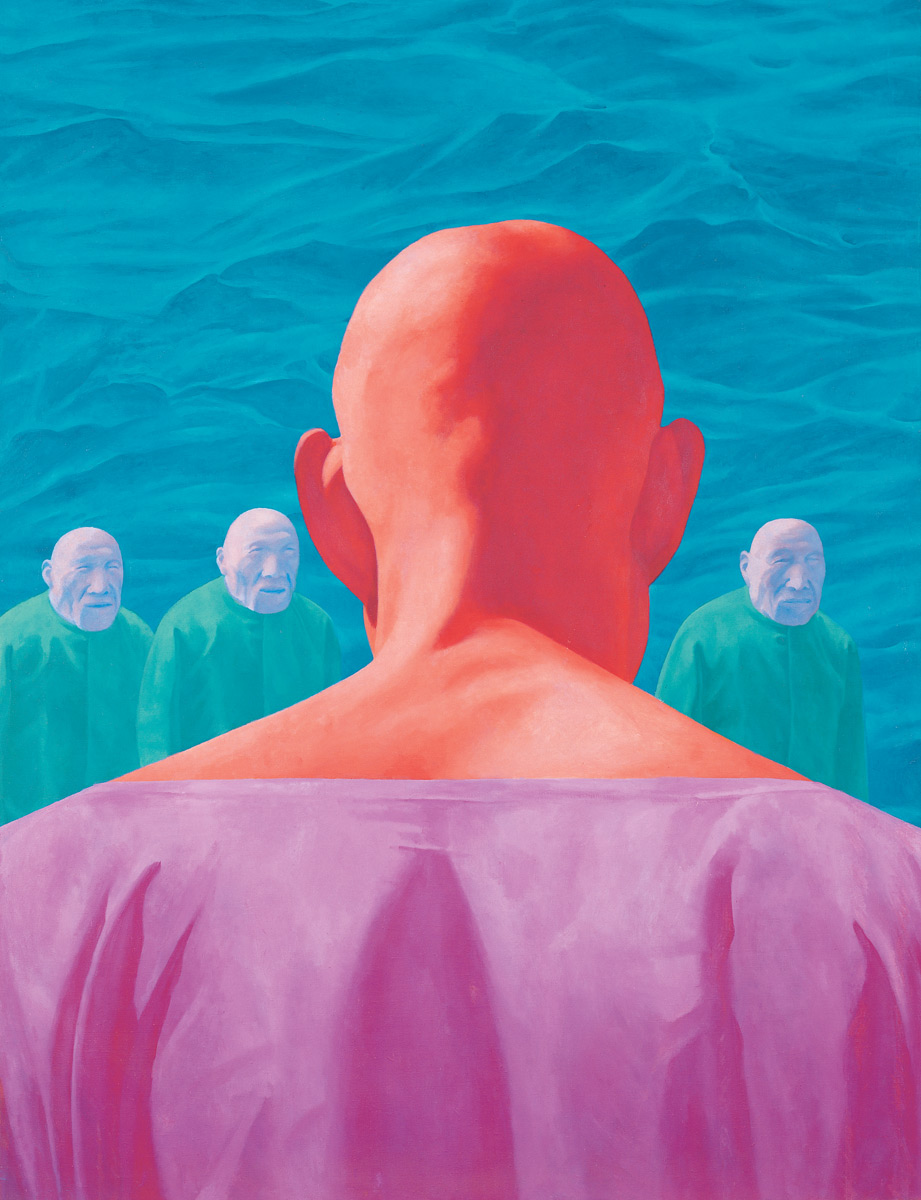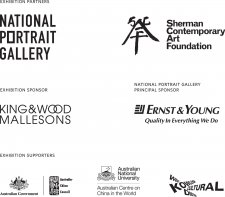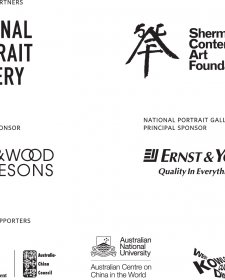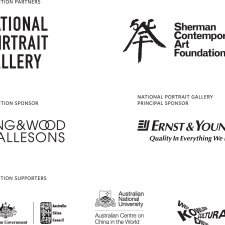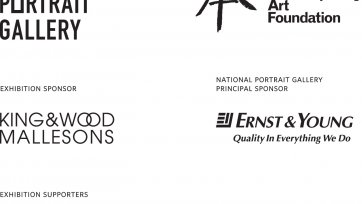Context and comment
“Two events in Beijing in 1989 ended the eventful 1980s. An artist unexpectedly shooting at her own installation in the 1989 China/Avant-Garde exhibition in the National Art Museum of China brought the high-octane show to an abrupt closure.The government crackdown on student movement in Tiananmen Square crushed the political aspiration of the young generation. The twin events dealt a double blow to the artists of the 1980s, bringing their high-minded idealism to a crushing ground and deflated their illusion that their aspiration was part of a collective dream of modernization. Fang Lijun’s paintings speak well to the changed climate and mood. The dumbing-down roguish images register the mounting sense of spiritual emptiness and lack of direction. The oversized rogue image itself suggests the growing irrelevance of the notion current in the 1980s, i.e., the artists’ self-appointed avant-gardist stance in leading the masses out of darkness. The political reality deflated that grand illusion and heroic self-regard.”
(Wang, Three decades: Themes, 2012)
“Fang Lijun’s ‘bald’ (Untitled 1995, page 76) paintings have often been reproduced in print media as accompaniment to an ironic theme. The bald men’s joy, excitement, and exuberance in fact appears hideous, cueing the viewer that something is wrong with their mood and provoking the viewer to interpret the work ironically. The bald men are often depicted smiling, but that smile seems to belie an absurd situation: the subject is completely ignorant of his own vulgar hideousness.”
(Zhang, Consuming the Absurd: Satire and humour in contemporary Chinese art)
Further reading
Fang Lijun’s Biography
www.saatchi-gallery.co.uk
Fang Lijun’s Cynical Revolution
www.artzinechina.com
Heinrich, C. (2005). Mahjong; Contemporary Chinese Art from the Sigg Collection. (B. F. Frehner, Ed.) Germany: Hatje Cantz .pp. 22, 143 - 146
Reifenscheid, B. (2008). China's Revision. (B. Reifenscheid, Ed., & L. C. White, Trans.) Munich, Germany: Prestel.
Roberts, C. (2012). Go Figure! Contemporary Chinese Portraiture. (C. Roberts, Ed.) Canberra and Sydney, Australia: National Portrait Gallery and The Sherman Contemporary Art Foundation.
Wang, E. (2012). Three decades/ Themes. Go figure! Conntemporary Chinese portraiture. (C. Dr Roberts, Ed.) Canberra and Sydney, Australia: National Portrait Gallery and The Sherman Contemporay Art Foundation.
Zhang Letian. (2012). Consuming the absurd: Satire and humour in contemporary Chinese art. Go figure! Contemporary Chinese Portraiture. (C. Roberts, Ed., & C. G. Rea, Trans.for Zhang, L.) Canberra and Sydney, Australia: National Portrait Gallery and The Sherman Contemporary Art Foundation.
